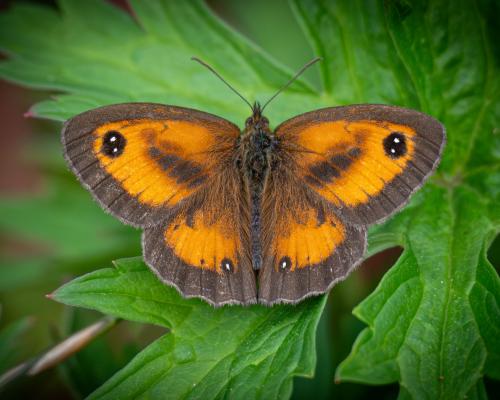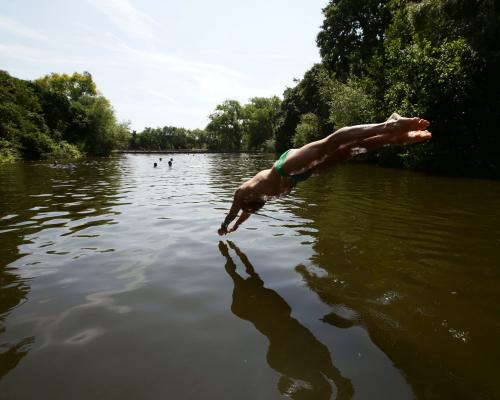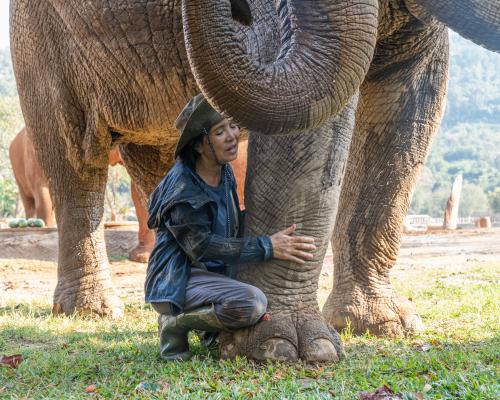
As the UK’s Big Butterfly Count reaches more than 100,000 submissions, an international group of scientists have produced the first national survey of biodiversity using an entirely different approach. Instead of looking for species by eye, they took advantage of the samplers around the UK that constantly measure toxic metal particles in the air, and used them to measure tiny fragments of DNA.
Dr Joanne Littlefair from University College London, part of the research team, said: “Organisms lose bits of themselves all the time – dead skin cells, fragments of hair or feathers, saliva, even faeces and urine. Some of this will blow up into the air and become airborne ‘environmental’ DNA or eDNA.”
Researchers were able to detect more than 1,100 plants and animals which included familiar UK species – trees, commercial crops, earthworms, newts, robins and badgers – as well as species of conservation concern, including skylarks and hedgehogs. The team found 65 species of butterfly and moth, including the gatekeeper (no 3 in the Big Butterfly Count) as well as the purple hairstreak, a butterfly that lives mainly in oak trees and is often overlooked. They also found established invasive species such as grey squirrels and muntjacs as well species that have only just arrived in the UK, and fungi that are considered crop pests as well as the pathogen that causes ash dieback.
The UK national survey started from a chance spot on social media. Dr Andew Brown from the National Physical Laboratory said: “We saw a social media post about airborne eDNA projects at a zoo in Cambridgeshire and wondered whether if the air pollution filters in our labs contained hidden information about local biodiversity.” These filters came from 15 samplers around the UK that constantly measure toxic metal particles in the air, installed in diverse locations from the kerb of London’s Marylebone Road to rural Hampshire and a peat bog in Scotland.
Some detections were not part of the natural ecosystems, but this data was useful for learning about how far eDNA could travel. Edible fish including seabass and hake were detected at Marylebone Road and traced to seafood stalls, including a market about 1.1km away. Exotic pets including peacocks and parrots were traced to outdoor aviaries. From this the researchers estimated that each air pollution monitoring site could detect the biodiversity of an area with a radius of about 19km.
Prof Elizabeth Clare from York University, Canada, part of the research team, said: “I think that this is only the beginning. Taking large national and continental measurements is now really possible. No other method can really scale to this geographic breadth.”
Airborne eDNA compared well with the UK’s other biodiversity data: a third of the species detectedthis way were nocturnal creatures that are hard to observe and can be under reported. Although some species were missed altogether, including blue tits and kestrels, the eDNA method may allow biodiversity changes to be tracked in places where they are not routinely surveyed by simply taking samples from air pollution measurement equipment that is used routinely around the globe.







